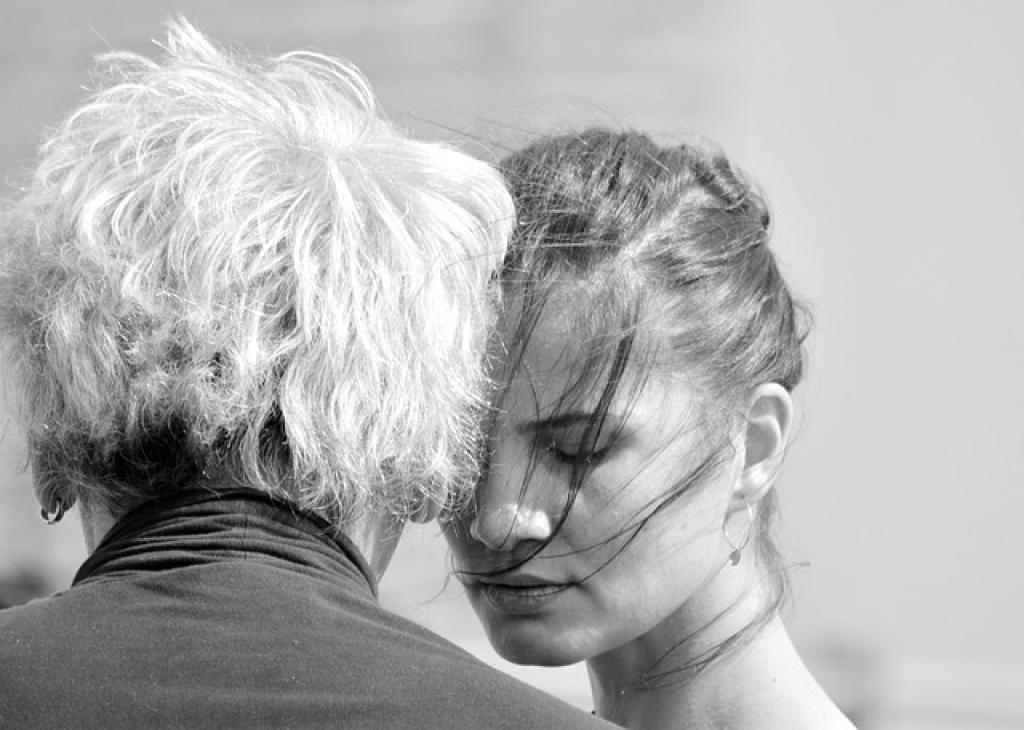Ever wondered what people wore beneath their clothes long before boxers and briefs hit the scene? Underwear has a rich and fascinating history that spans thousands of years and countless cultures.
From simple loincloths in ancient Egypt to the luxurious silks of Renaissance Europe, the evolution of undergarments tells a story of comfort, fashion, and social norms.
As we journey through time, let’s uncover what lies beneath, exploring how these essential garments have shaped our daily lives and continue to do so.
Ready for a wardrobe history lesson? Let’s dive into the past and see how underwear has evolved into what we know today.
Early Forms of Undergarments in Ancient Civilizations
The story of underwear begins in ancient civilizations where the need for comfort and modesty started it all. Let’s take a quick tour through some of the earliest forms of undergarments.
Ancient Egypt
In ancient Egypt, both men and women wore simple linen loincloths called schenti. These wrapped around the waist, providing comfort in the hot climate and a layer of modesty under tunics and dresses. Linen was highly valued due to its cool and lightweight properties, making it the perfect material for these primitive undergarments.
Ancient Greece and Rome
Moving to ancient Greece and Rome, the Greeks had the chiton for men and the peplos for women, which often doubled as underwear and outerwear. The Romans took a slightly different approach with the subligaculum, a piece of cloth wrapped between the legs and tied around the waist. Women also wore a band called a strophium, the precursor to the modern bra, to provide support and shape.
These early forms of underwear highlight how ancient people prioritized practicality and comfort, all while establishing some fundamental undergarment traditions that would evolve over time.
Looking back, it’s fascinating to see how these basic garments were the foundation for the diverse and sophisticated underwear we wear today.
The Impact of Industrial Revolution on Underwear Production
The Industrial Revolution was a game-changer in many aspects of daily life, and the world of underwear was no exception. With the advent of new machinery and mass production techniques, undergarments became more accessible and affordable to the wider public.
Before this period, most underwear was handmade, often by the wearers themselves or local artisans. The quality and design varied greatly, depending on personal skill and available materials. However, with the introduction of textile mills and sewing machines, it became possible to produce standardized underwear at a much faster rate.
Cotton emerged as a popular fabric due to its softness, breathability, and ease of production. Factories could now churn out cotton undergarments, making them a staple for people across different social classes. This shift not only democratized underwear but also set the stage for innovation in fabrics and designs.
The Industrial Revolution also brought about the rise of department stores and mail-order catalogs. This made it easier for people to buy underwear, further boosting the market. Advertisements began to appear, promoting the latest in comfort and fit, which in turn influenced public preferences and trends.
From Corsets to Boxer Shorts: Evolution of Underwear Styles
Underwear styles have seen quite the transformation over the centuries, morphing from restrictive and elaborate garments to the more relaxed styles we know today. Let’s take a quick tour through this intriguing wardrobe evolution.
Back in the 16th century, corsets were all the rage for women. Known for their tight structure, corsets emphasized the waist and supported the bust. While they might look glamorous in period dramas, wearing one daily was far from comfortable.
Men weren’t left out of the constriction game either. They wore loincloths, then later on, breeches, which were knee-length trousers often paired with stockings. Comfort wasn’t prioritized, but style and formality were.
Fast forward to the 19th century, and both men and women saw some relief. Women’s drawers began to replace petticoats and crinolines, offering more comfort and mobility. Meanwhile, men transitioned to wearing long johns, especially in cooler climates, which provided practical warmth.
A Shift Toward Comfort
The 20th century marked a big turning point. The flapper dresses of the 1920s brought with them more minimal undergarments for women, including silk camisoles and French knickers. Corsets started to fall out of favor, and bras made their grand debut, offering both support and comfort.
For men, boxer shorts became popular around the 1930s, inspired by the loose-fitting shorts worn by boxers in the ring. Shortly after, briefs were introduced, offering a snugger fit that many found supportive and comfortable.
By the 1960s and 70s, underwear styles became even more diverse. Women began experimenting with different bra styles, from push-ups to sports bras, and men gained a variety of options, from trunks to briefs.
Today, the underwear scene is a playground of choices. People can pick from various fabrics, cuts, and styles— all designed with comfort and personal expression in mind. And so, from corsets to boxer shorts, the evolution of underwear styles reflects a broader cultural shift towards freedom and self-expression.

Role of Underwear in Fashion and Pop Culture
Underwear has journeyed from being a hidden necessity to a fashion statement, playing a significant role in both fashion and pop culture. It’s fascinating how these garments, once strictly private, have become integral to self-expression and style.
Think about iconic fashion moments, like Madonna’s cone bra designed by Jean-Paul Gaultier. This daring piece didn’t just make waves on stage but also sparked conversations about femininity and empowerment. It was a bold move that demonstrated how underwear could be center stage—not just behind the scenes.
On the fashion runway, lingerie has found its spotlight too. From Victoria’s Secret shows to high-fashion brands incorporating sheer, lacy layers into their garments, underwear has become a key player in high fashion. Designers use these pieces to challenge norms and create a dialogue around the intersection of intimacy and style.
Pop culture has embraced underwear in countless ways. Cinema and music videos often use these garments to symbolize vulnerability, seduction, or even rebellion. Remember the uproar over Janet Jackson’s Super Bowl performance? Or how about the countless music videos featuring artist in stylish, eye-catching underwear? These moments show how deeply these garments are ingrained in our cultural fabric.
Celebrities also influence underwear trends. From Kim Kardashian’s shapewear line, SKIMS, to Rihanna’s Savage X Fenty brand that emphasizes size and gender inclusivity, stars are redefining what it means to feel sexy and comfortable.
In advertising, iconic campaigns like Calvin Klein’s with a young Mark Wahlberg and Kate Moss solidified the sexy image of everyday underwear. Such campaigns helped transform how society perceived underwear—no longer just utilitarian, but something exciting and essential to personal style.
So, whether on the runway, in a hit movie, or gracing a billboard, underwear has indeed transcended its basic role. It’s an empowering, expressive piece of fashion that reflects and shapes cultural trends.
The Bottom Line: Underwear Trends and Innovations in the Modern Era
As we wrap up our journey through the fascinating world of underwear, it’s clear that these garments have evolved significantly. They are far more than just basic necessities; they are fashion statements, cultural icons, and even tools of empowerment.
In the modern era, innovations in fabric technology have led to the creation of underwear that is more comfortable and functional than ever. Think moisture-wicking materials, anti-chafing designs, and seamless construction. These advancements make our everyday lives just a bit easier and more comfortable.
What’s more, the rise of sustainable and ethically-produced underwear is reshaping the industry. Brands like Pact and KNICKLYS are leading the way, proving that style and sustainability can go hand in hand. Consumers now have the power to make choices that align with their values, without sacrificing comfort or style.
Inclusivity is another major trend shaping the future of underwear. Gone are the days when options were limited to a few standard sizes and styles. Today’s market is booming with inclusive ranges that cater to all body types, skin tones, and gender identities. This shift is not just a trend but a much-needed movement towards representation and equality.
From luxurious lingerie sets that make you feel glamorous to high-performance sports bras that offer unwavering support, the diversity in the underwear market is astonishing. And let’s not forget the cultural impact—celebrity endorsements and social media have brought these once-private garments into the public eye, making them more relevant than ever.
In conclusion, underwear has transcended its humble beginnings to become a powerful player in fashion and pop culture. With constant trends and innovations, it’s exciting to think about what the future holds for these versatile pieces of clothing. So, the next time you pick out your underwear for the day, remember, you’re not just wearing a piece of fabric—you’re part of a rich, evolving history.

